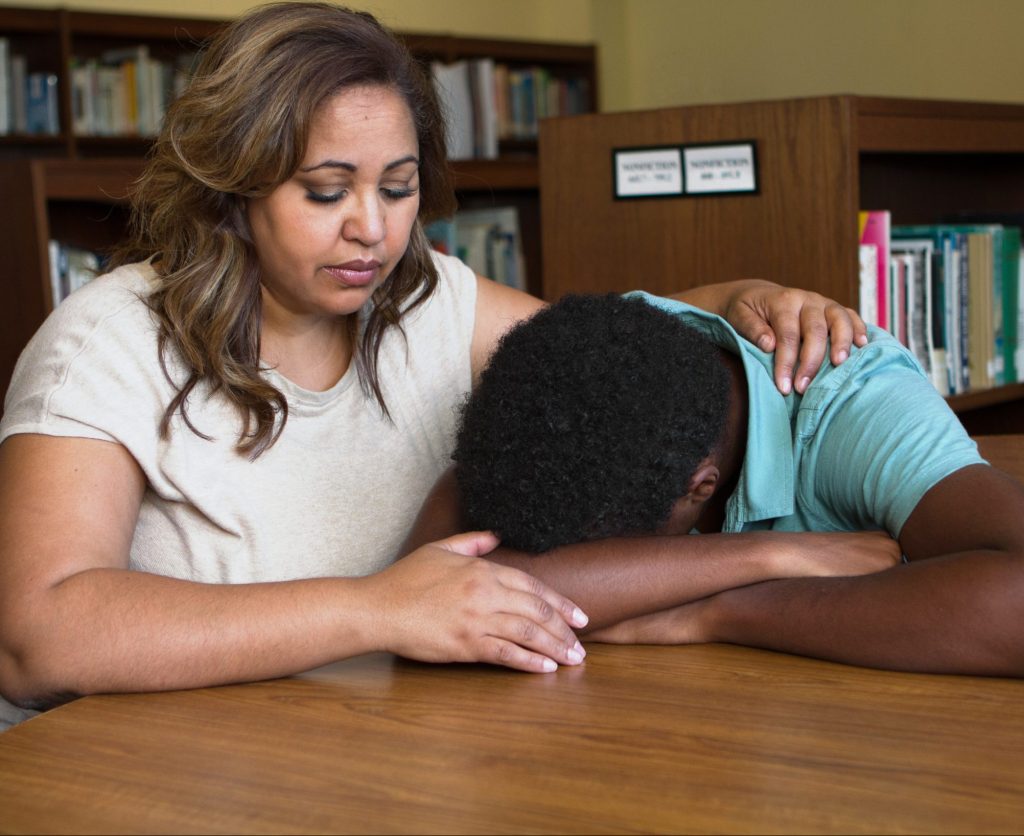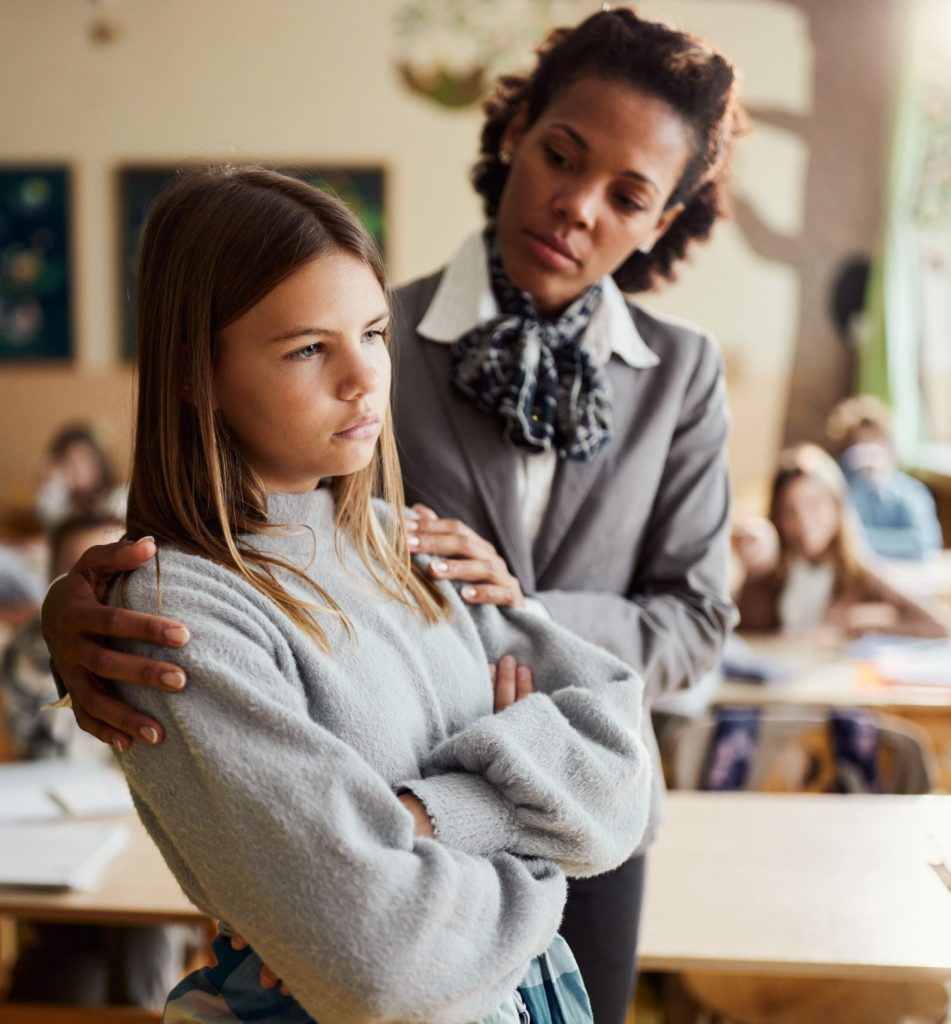In Crisis? contact the idaho Crisis & suicide hotline - Call Or Text
Or Chat At 988lifeline.org/chat/
Menu
The teenage years hold many new and wonderful experiences: going to new schools, meeting new people and friends, and learning new things. It is an exciting time for many adolescents. For other teens, it can be a period of loneliness and confusion as youth also deal with new experiences such as new relationships, decisions about the future, and the physical changes that are taking place in their bodies. Between 2009-2013 Idaho has lost 85 school-aged children to suicide. HOWEVER, with the right knowledge, suicide is the most preventable form of death.

A 2010 study of Idaho high school and Jr. high school counselors and social workers showed that while 97% of respondents had experienced a potentially suicidal student, only 55% felt well prepared to handle such a student. The same study stated that 64% of school counselors felt ill prepared to deal with the aftermath of a student suicide, or postvention. Much anecdotal evidence collected by SPAN Idaho and other suicide prevention stakeholders in Idaho also shows that schools often lack the information necessary to effectively conduct suicide prevention, intervention and postvention.
In an effort to assist Idaho schools with issues related to youth suicide, SPAN Idaho, in collaboration with the State Department of Education, the Awareness to Action Youth Suicide Prevention Project at the Institute of Rural Health at Idaho State University and other stakeholders, has developed the following protocols for school suicide prevention. These protocols are concise and meant as a quick yet critical guide based on well-researched best practices in youth suicide prevention, intervention and postvention. These guidelines are not exhaustive and not meant to replace, but rather support, the development of a school’s or district’s own suicide prevention plan.

Title 33
Education
Chapter 5
District Trustees
33-512.Governance of schools. The board of trustees of each school district shall have the following powers and duties: (4) To protect the morals and health of the pupils
In Brooks v. Logan, 127 Idaho 44, 903 P.2d 73 (1995) (Brooks I), the Idaho Supreme Court held that a teacher and a school district owe a duty to warn or otherwise take action when confronted with ambiguous, circumstantial evidence of a student’s suicidal tendency. In response to this broad recognized duty, the Idaho legislature enacted I.C. § 33-512B to limit the duty of school employees to situations when there is a known suicidal tendency.
For More Information see Suicide Prevention in Schools: Legal Considerations and Liability
Schools can help prevent suicide by providing teachers and students with the mechanisms necessary to identify and respond to students who are at risk of suicide and self-destructive behaviors. The following are some important steps that schools can take to reduce the risk of suicide among their students:

If you are interested in volunteering with us on a regular basis, please fill out the form. You may also join us at our monthly community meetings which are held the first Thursday of each month. See our events page for more information.
Support Community Suicide Prevention Through A Donation
Click here to see how Get Found First can help your business